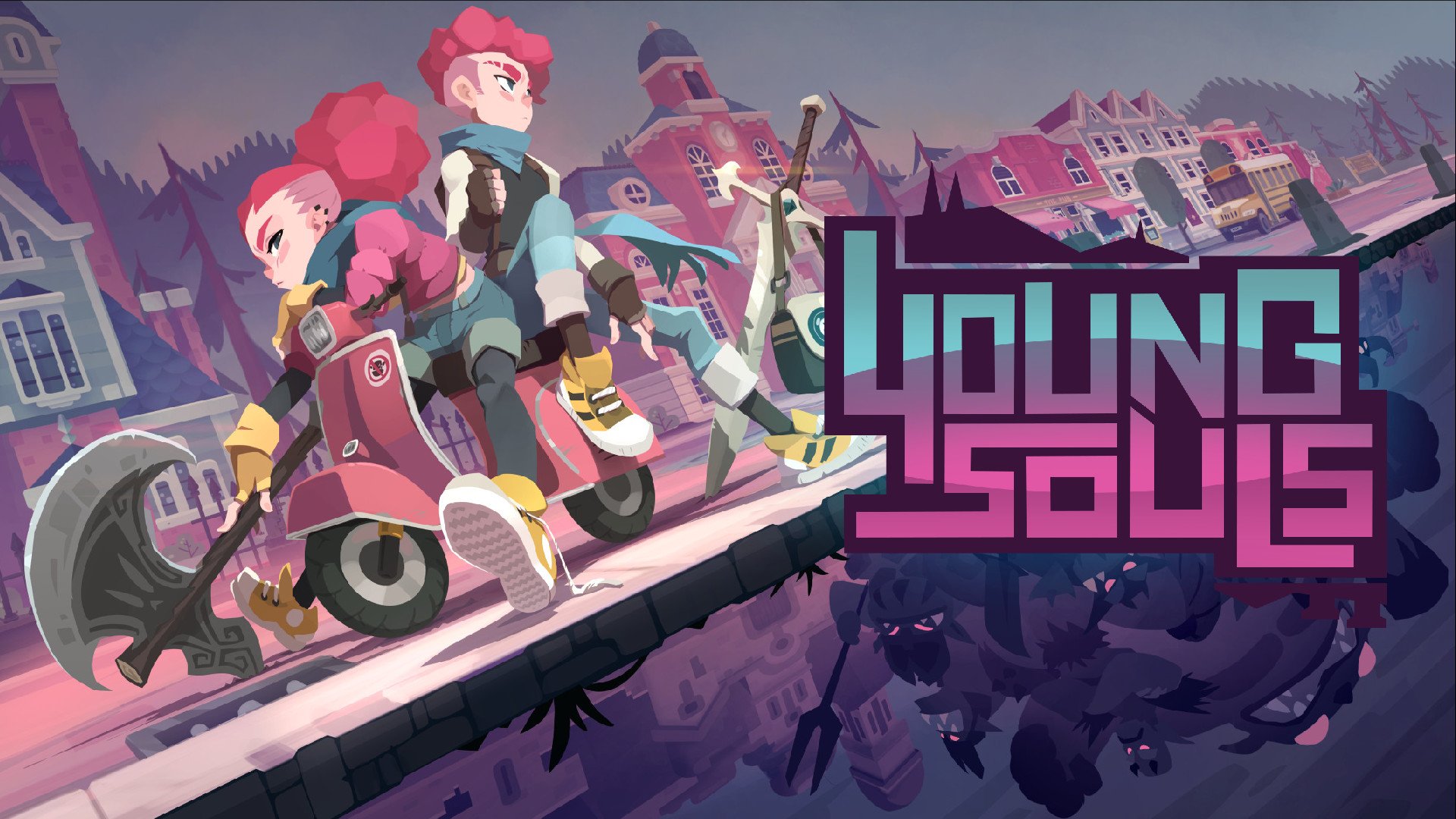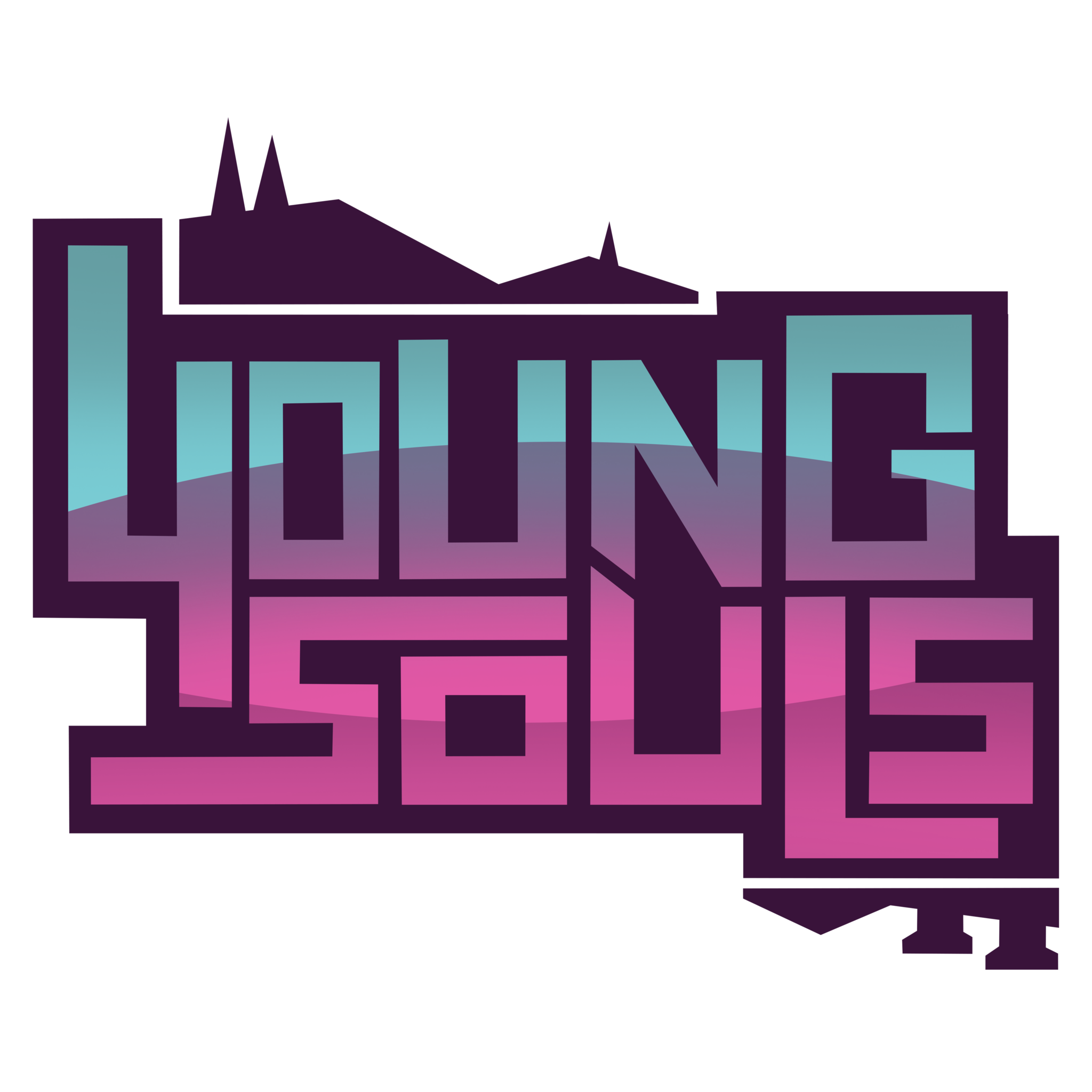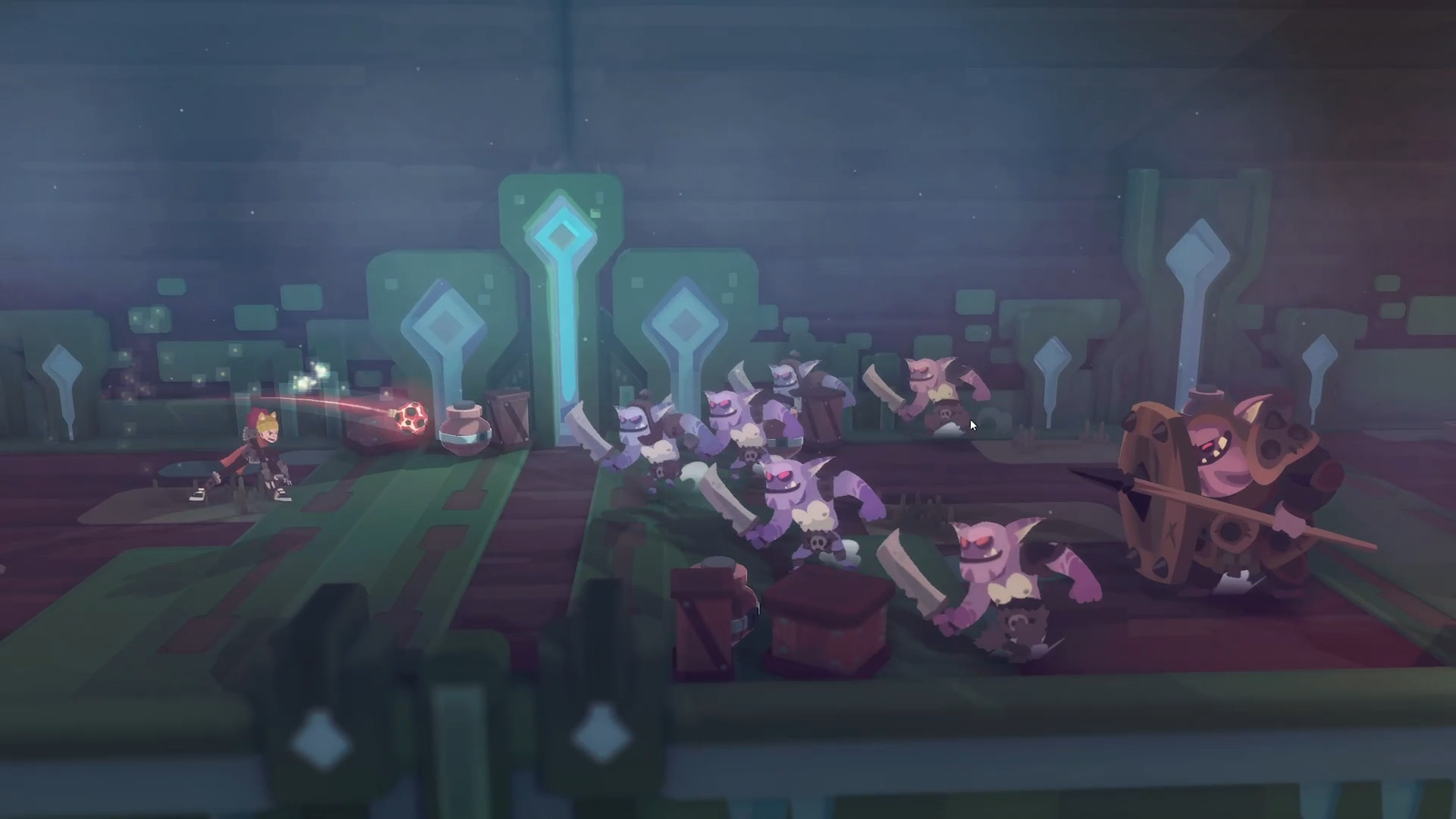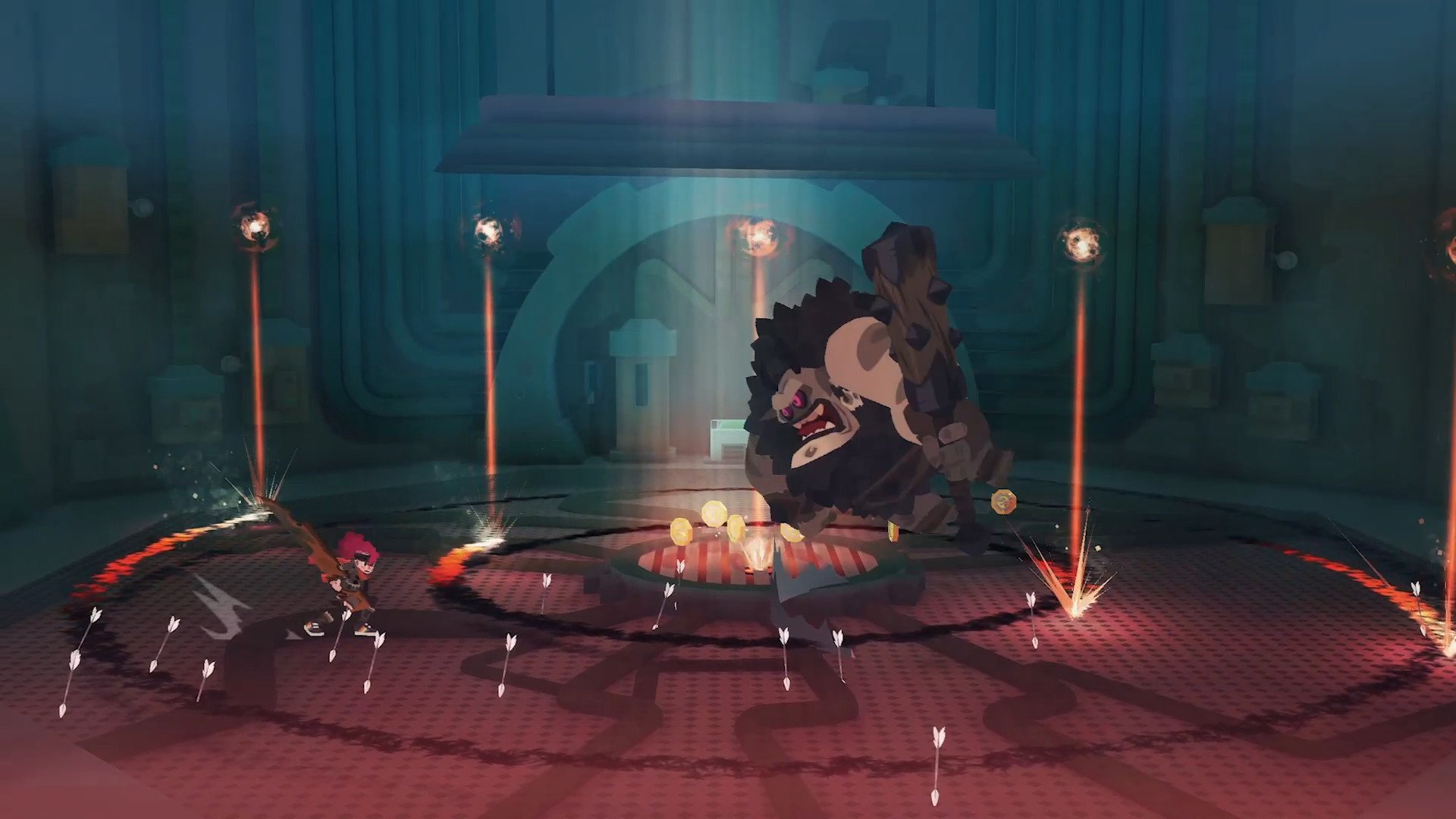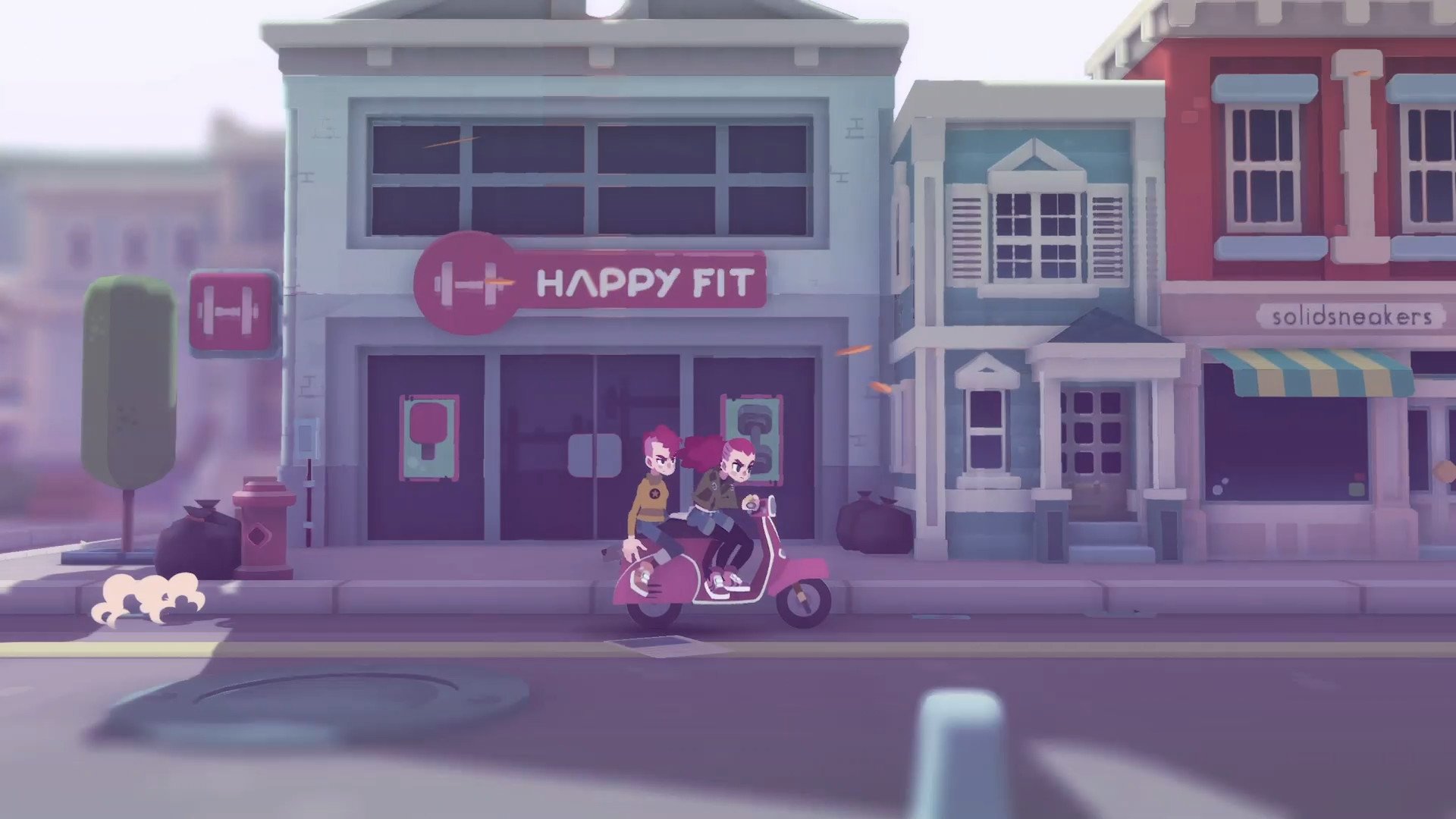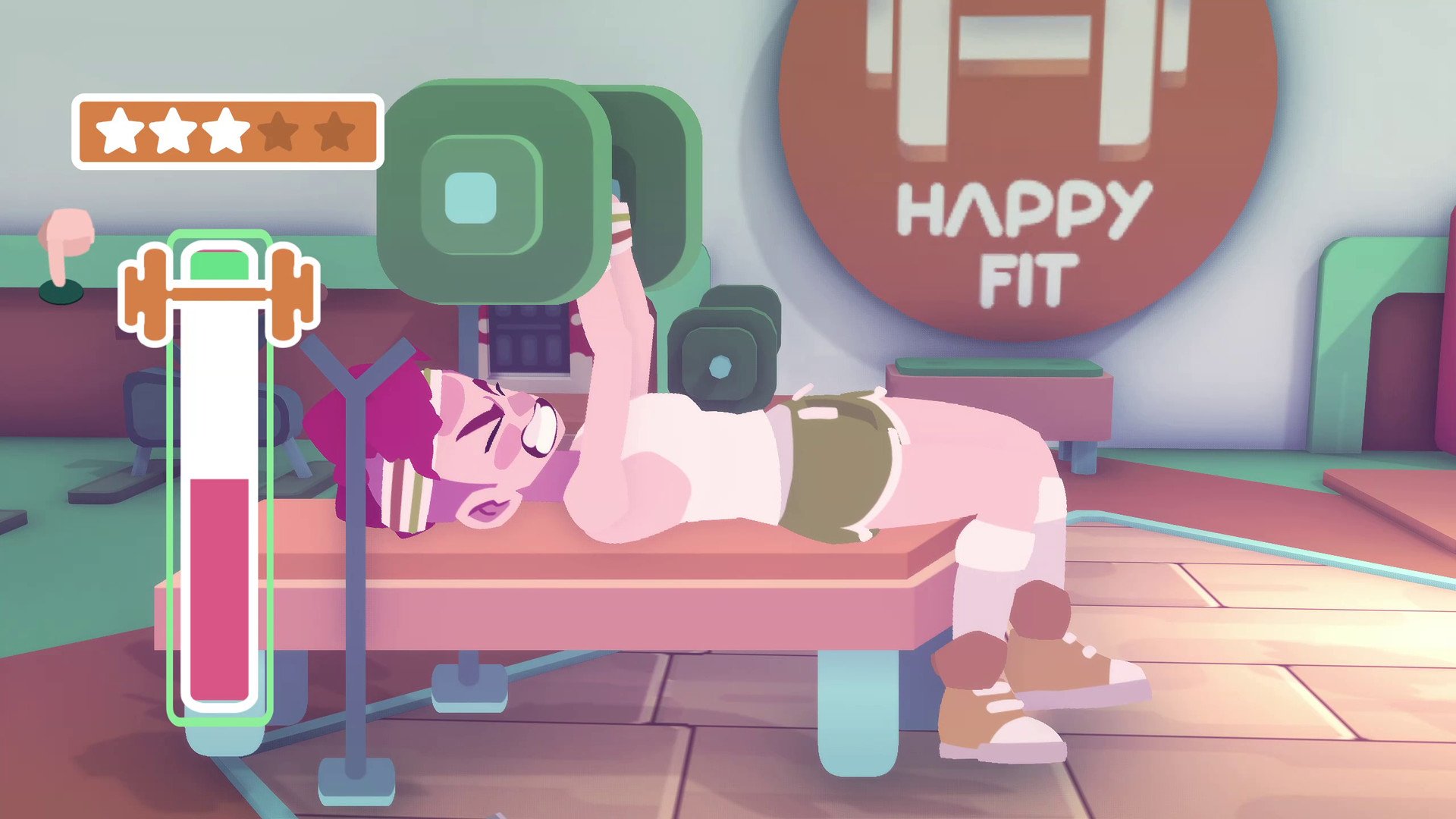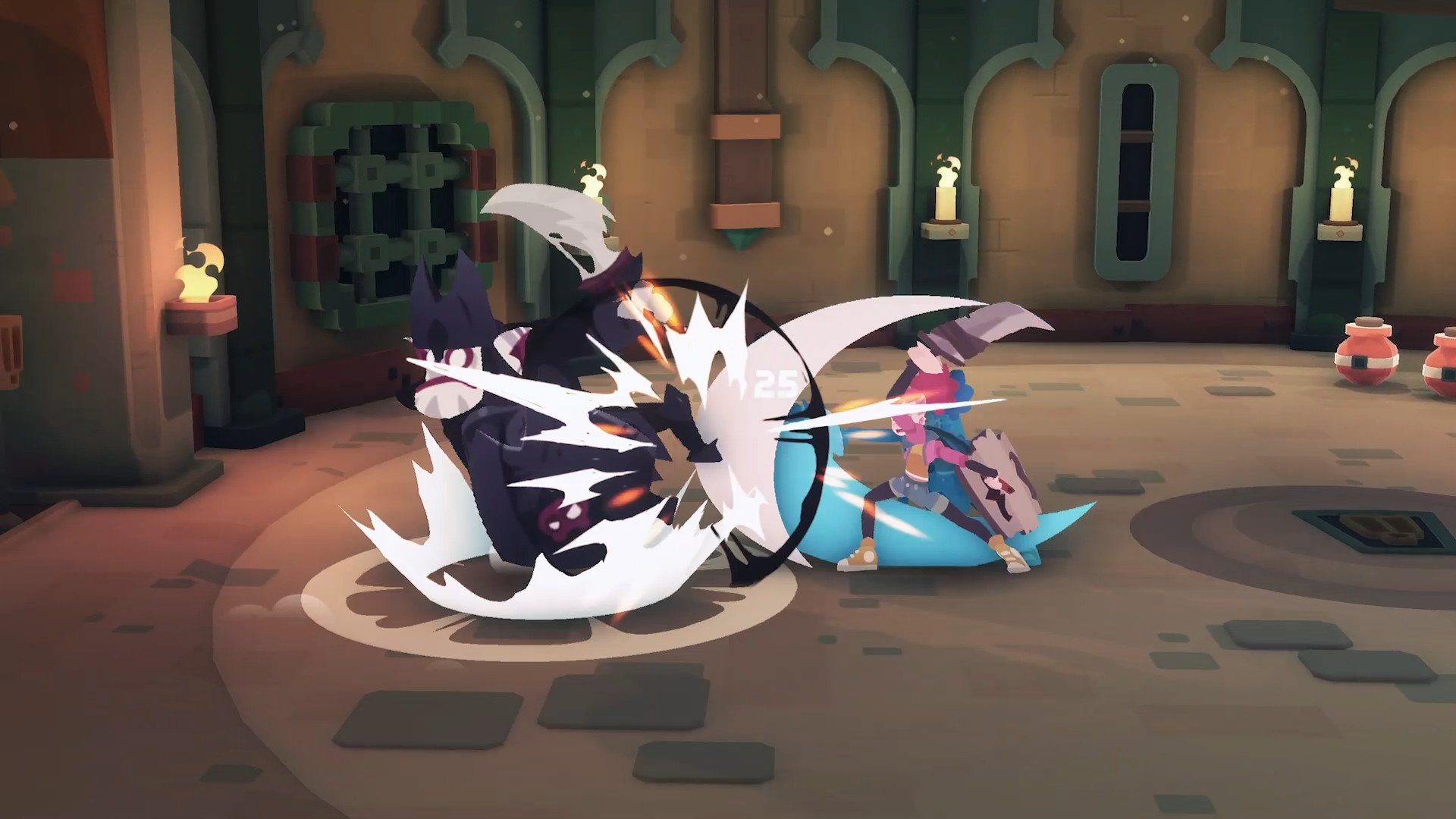The sword should only be used as a shield.
Young Souls is a 2D beat 'em up by the small French developer 1P2P Studio. It features precise combat and timing that would liken itself to Dark Souls, but the story of two loudmouthed teenagers fighting both evil, and themselves, more than makes up for the obvious similarities between gameplay systems. The combat is fun after getting the hang of it but does not quite have the variety to keep it fresh.
The game is a "First on Stadia" title, which means it is a timed exclusive for the streaming platform. It is expected to launch for Nintendo Switch, PlayStation, Steam on PC, and Xbox One in Fall 2021, though it could have used a bit more time for polish after experiencing various glitches and multiple crashes.
At a glance
Young Souls on Stadia
Bottom line: Young Souls is a beautiful-looking game with challenging combat, but it does not have enough variety to keep it interesting when you're having to put up with multiple crashes and glitches.
The Good
- Graphics are colorful, and the animation is fluid
- Combat is fun once more abilities are unlocked
- Great accessibility settings
- Fast loading screens
The Bad
- Not enough variety outside combat
- Multiple crashes
- Various glitches in gameplay and options
Young Souls: Gameplay, story, and presentation
| Category | Young Souls |
|---|---|
| Title | Young Souls |
| Developer | 1P2P Studio |
| Publisher | The Arcade Crew |
| Genre | Role-Playing Game |
| Version Reviewed | Stadia |
| Stadia Pro? | No |
| Players | Single-Player, 1-2 Players Local Cooperative Multiplayer |
| Release Date | August 17, 2021 |
| Launch Price | $25 |
Young Souls is a 2D beat 'em up styled after the quarter-eating arcade classics of yore, with a combat system that rewards patience and timing instead of mindless button mashing. The main gameplay moves you from one room to the next, fighting various grunt enemies or giant bosses. Most of your attacks are in close range, using swords, axes, and daggers, with blocking being key to survival. Enemies flash when they are about to attack, and hitting the block button at the right time will parry, leaving them open to more damaging light and heavy attacks.
Parrying is extremely important at the start of the game because your characters do not have enough stamina to roll frequently, and groups of enemies can swiftly overwhelm you. Stunned enemies lying on the ground can also be picked up and thrown to knock back others. While the parrying is satisfying to pull off, I did not have to rely on it solely through the latter half of the game after upgrading my stamina to roll more and unlocking accessories like the bow and bombs for long-range damage. There were other accessories like a grappling hook and teleportation device, but I earned those so late in the game that I did not feel the need to switch out my fully upgraded accessories just to try something different.
There is not much variety in the combat once you find the right style of fighting. Weapons and armor have weight to them, so there is a balance between power, defense, and speed. Heavy weapons and armor offer high stats with less agility, while lighter armor and weapons offer more hits with less resilience to attacks. There are moments where you can ride small dragons to use in the fight and one section that requires cursed weapons that bring your health down to one HP, but the brief distractions only come later in the game after dozens of similar stages.
The dungeon stages do not provide much gameplay variety either. Most of the rooms are simply rooms, though sometimes there are obstacles such as saw blades, swinging axes, and lasers. However with lanterns to carry through the darkness, these obstacles are easy to deal and become a nonissue most of the time. Instead, the game's main focus is to study attack patterns and strike swiftly without overcommitting and opening yourself to damage.
Young Souls follows two teenagers Jenn and Tristan, as they try to save their town and their adoptive father, the Professor, from an underground goblin army that intends to take back the surface from which they were driven from a long time ago. Both Jenn and Tristan are brash and rebellious teens that skip school, are known as troubling to townsfolk, and curse so much that there is a profanity filter in the options menu. The story is serviceable with some funny moments from the teens, but it is mostly loaded at the beginning and end of the game with brief interludes of growth after boss fights.
The locations are colorful, with characters boasting lively and smooth animations.
You play as both teens, with each playing one in local co-op or tagging in and out for single-player. The game was manageable without another human player as the switched-out character would recover damage while resting. A teen can be revived when downed, but each only has a limited number of lives. Both characters also had their own loadouts, so switching when one took too much damage or when one was more equipped to fight certain encounters became a strategic decision. I was able to have one teen as my damage dealing tank and the other nimble and quick to always be ready for any type of fight.
The bulk of the game is spent crawling through one of four dungeons. There is also the Moon Gate to select equipment and dungeons, the teens' bedroom that requires sleeping to level up, the goblin market to buy and upgrade equipment, and downtown Portsbourgh.
The locations are colorful, with characters boasting lively and smooth animations. There is a scooter to drive in downtown Portsbourgh that is a little unnecessary given the size of the town but absolutely fun to whiz by buildings in a ferocious blur. Unfortunately, there is not much to do in the town other than speak to the mayor to advance the story, buy cosmetic-only clothes and shoes, and go to the gym to raise stats with button-mashing minigames when the game allows.
While the locations are highly detailed, each really serves only one function. I spent the most time either fighting in dungeons or in the goblin market memorizing what items I had equipped, so I did not accidentally sell it because the game does not lock equipped items. The game is very generous with the fast travel option only taking a few seconds between locations and even offers a VCR-styled fast forward button to scroll past cinematics. The button makes sense to skip through pre-boss fight cinematics after failing over and over. Still, it can also be used for the shorter cinematics such as traveling between locations, sleeping, and stage checkpoints. The option is welcomed but begs the question of whether the unimportant cinematics should just be shorter instead of beoing constant and honestly skippable.
Young Souls: Stadia performance and features
Young Souls on Stadia ran perfectly on my PC when it wanted to. The action was always smooth in and out of combat with very little slowing down. But, of course, that is dependent on your connection. According to my Verizon Fios connection's Speedtest, I had an average download speed of 57Mbps and an average upload speed of 63Mbps. Google recommends at least a 10Mbps download speed for 720p streaming, 20Mbps download speed for 1080p streaming, and at least a 35Mbps download speed for 4K streaming.
It was a bummer when the game crashed, but I only felt slightly annoyed knowing I could breeze through what I lost without any penalty.
Unfortunately, the game crashed several times during my almost 10-hour playthrough. It would happen randomly, such as during heavy combat or when entering a new area. Luckily, the checkpoints are so generous that I rarely lost progress. When I did, though, I used the game's accessibility menu to essentially cheese my way through the long stretches of stages I had already completed before the crash. I played on the recommended Challenging difficulty, but that level could be changed at any time alongside the multiple options in the accessibility menu. The options included reduced incoming damage, increased attack damage, auto-block, adjusted attack speed for both players and enemies, and more.
It was a bummer when the game crashed, but I only felt slightly annoyed knowing I could breeze through what I lost without any penalty. At least that was the case for the combat sections, because button-mashing through the fitness minigames and winding up with a worse score the second time around did not feel great. There were also various glitches such as characters stuck in the environment, equipment prices flashing 999,999, and some in-game settings like vibration and screen shake not saving a few times.
Young Souls: Should you buy it?
Young Souls is a challenging game that can be fine-tuned to one's preferences to be as simple or as punishing as possible. Most of the game becomes a pattern of fighting room after room of enemies, going to bed to level up, seeing if you can upgrade new equipment just earned, and repeat. The story takes a backseat after the introduction to basic conversations until the end. The game is built around rewarding combat but it does not have much outside of that to keep players hooked.
There are also the technical aspects of constant crashes and glitches to consider. It did not feel satisfying having to repeat sections every few hours because of these crashes. Young Souls is fun when hitting the perfect parry in a sea of goblins or being upgraded enough that one giant sword swing can take out two or three lesser enemies. Yet, it is far from one of the best Stadia games if you're looking for more than just some pretty visuals and tense combat.
Young Souls on Stadia
Bottom line: The First on Stadia title Young Souls is beautiful to look at and offers challenging combat but does not have enough variety outside of fighting to keep it interesting while also suffering through multiple crashes.
Source: androidcentral
